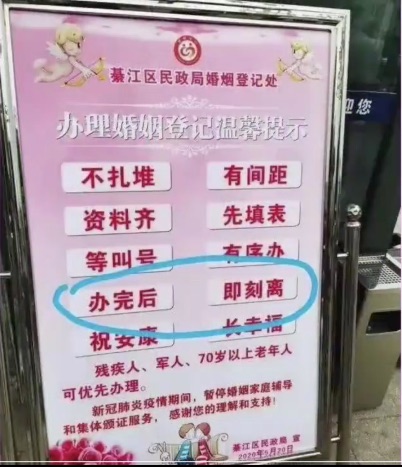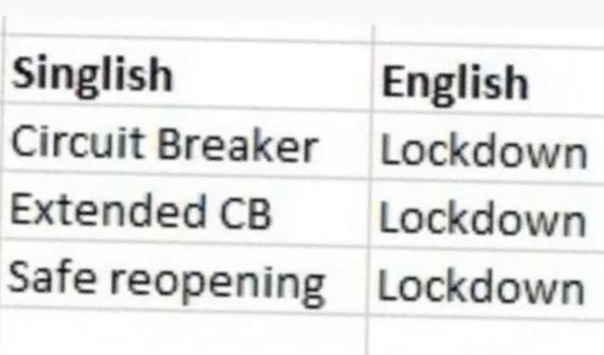Mama Drama
So-called "verbal fluency" is one of the tasks we're using in the first iteration of the SpeechBiomarkers project (and please participate if you haven't done so!). Despite the test's name, it doesn't really measure verbal fluency, but rather asks subjects to name as many words as possible from some category in 60 seconds, like "animals" or "words starting with the letter F".
Here's the first ten seconds of one participant's "animals" response:
As you can hear, the audio quality is quite good, although it was recorded remotely using the participant's browser and their system's standard microphone. These days, standard hardware usually has pretty good built-in facilities for voice recording.
In order to automate the analysis, we need a speech-to-text system that can do a good enough job on data of this kind. As I've noted in earlier posts, we're not there yet for picture descriptions ("Shelties On Alki Story Forest", 11/26/2019; "The right boot of the warner of the baron", 12/6/2019). For "fluency" recordings, the error rate is worse — but maybe we're actually closer to a solution, as I'll explain below.
Read the rest of this entry »
So borrowing and meaningless
As is my custom, I was zipping along merrily, letting my fingers dance on the keys to transfer my thought-flow into typed words. Usually when I'm in a good mood and this happens — which is almost always — I'm thinking thoughts in my head (speaking the sounds of the words I want to type) and letting the neuro-muscular synapses and reflexes take care of the actual writing. It's really quite a nice, pleasurable collaboration between mind and body.
So, my normal practice is to think thoughts, "let my fingers do the walking", and enjoy watching what appears on the computer screen. But I do have to keep an eye on what my fingers are producing, because sometimes it is hilariously wrong and only tenuously connected to what was going on in my brain.
Read the rest of this entry »
Accuracy of sheep meat
So my mother's friend's husband is stuck in a hotel in Saudi Arabia and this is the order menu they gave him
Do I have any Arabic speaking followers that can help make sense of this but also, tag yourself, I'm "Normal doubt" pic.twitter.com/MVemyCCON9
— Vlada ✨😈✨ (@vladadraws) May 24, 2020
A large-enough-to-read image is here.
Brook, creek, stream, rill
Twitter thread on small waterway names:
My husband wants to know what you all call this & where you live: pic.twitter.com/C9XAoXvAfI
— square peg mama (@squarepegmommy) May 23, 2020
Read the rest of this entry »
NYC crotch
News you can use, from The Forward: "Etsy vendor who doesn’t know Yiddish accidentally sells 'NYC crotch' face mask" (Aiden Pink, May 26, 2020).
A vendor on the e-commerce site Etsy wanted to sell facemasks that said “NYC Strong” in Yiddish – but the final product said “NYC Crotch” instead.
The vendor Tees Go Bling, based in Wyoming, offers dozens of glittery facemask designs for sale, including images of the American flag and the Disney logo, as well as slogans of support for various cities like “Detroit Strong” and “Chicago Strong.”
The trouble began when they tried to sell a “NYC Strong” mask using the Yiddish word for strong, shtark. But while Yiddish is written right-to-left, like Hebrew, the Yiddish letters in shtark [שטאַרק] were printed left-to-right [קראַטש], meaning that anyone looking at it the correct way would read shtark backwards – as “crotch.”
Read the rest of this entry »
Audible endogenous motoric activity
D. Kimbrough Oller et al., "Infant boys are more vocal than infant girls", Current Biology May 2020:
Female humans appear to have an advantage in language, from early childhood through late adulthood, reported to include a larger vocabulary, more complex utterances, greater expressive language, and better verbal and pragmatic language comprehension [1]. Wakeful infants produce ‘protophones’ — precursors to speech that include vowel-like sounds, squeals, and growls — at a rate of four or five utterances per minute, more than five times the rate of crying, throughout the first year [2]. The massive number of protophones is in itself surprising, but equally surprising, given the presumed female language advantage, we found that, in the first year, boys produced 24% more protophones than girls. This sex bias was true of infants either at high risk (HR) or low risk (LR) for autism. Both genetic and cultural factors may be involved in this bias, and additional research is clearly called for to investigate the origins of the strong tendency of infants to produce protophones and the unexpected tendency for boys to do so to a greater extent.
Read the rest of this entry »
"Literally" legality
Ken Stone, "OAN to Appeal Judge’s Ruling to Toss Rachel Maddow Defamation Suit", Times of San Diego 5/22/2020:
A San Diego federal judge Friday dismissed a $10 million defamation lawsuit filed by the owners and operators of San Diego-based One America News Network against MSNBC and political commentator Rachel Maddow.
Last summer, the liberal host told her viewers that the Trump-friendly conservative network “really literally is paid Russian propaganda.”
U.S. District Judge Cynthia Bashant dismissed Herring Networks’ suit with prejudice, ruling “there is no set of facts that could support a claim for defamation based on Maddow’s statement,” made during a July 22, 2019, segment of her show.
Read the rest of this entry »
Instant divorce
Board in front of a Hūnyīn dēngjì chù 婚姻登记处 ("marriage registration office") in Chongqing, China:

(source)
Read the rest of this entry »




